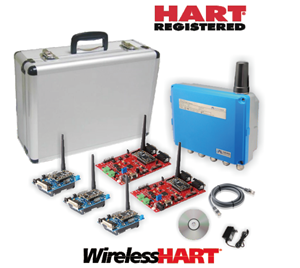Temperature Controller Selection Considerations
Controllability of electric heating
The basic function of the controller is to compare the actual temperature to the setpoint and generate an output that maintains the setpoint.
The controller is part of the overall control system, and the entire system should be analyzed when selecting a suitable controller. The following should be considered when selecting a controller:
1. Type of input sensor (thermocouple, RTD, cassette and temperature range)
2. Sensor arrangement
3. Required control algorithm (on/off, proportional, PID, auto-tuning PID)
4. Type of output hardware required (electromechanical relay, SSR, analog output signal)
5. Additional outputs or system requirements (required temperature and/or setpoint displays, cooling outputs, alarms, limits, computer communications, etc.)
Input type
The type of input sensor depends on the desired temperature range, the desired measurement resolution and accuracy, and how and where the sensor is mounted.
Sensor arrangement
Proper placement of the sensing element relative to the working position and heat source is paramount to good control. If the three can be arranged in close proximity, it will be easier to obtain high accuracy, and even reach the limit accuracy of the controller. However, if the heat source is further away from the work location, positioning the sensing element at a different location between the heater and the work location can make a big difference in the accuracy achieved.
Before selecting the location of the sensing element, determine whether the heat demand is substantially constant or changing. If the heat demand is relatively constant, placing the sensing element close to the heat source keeps temperature changes at the working location to a minimum.
And when heat demand changes, placing the sensing element near the work location will allow it to sense changes in heat demand more quickly. However, due to the increased thermal hysteresis between the heater and the sensing element, greater overshoot and undershoot occurs, resulting in a greater spread between the maximum and minimum temperatures. This dispersion can be reduced by choosing a PID controller.
Control Algorithm (Mode)
The method by which the controller attempts to restore the system temperature to the desired level. The two most common methods are binary (on-off) control and proportional (throttle) control.
On-off control
On-off control has the simplest control mode. It has a deadband (difference) expressed as a percentage of the input span. The setpoint is usually at the center of the deadband. So if the input is 0 to 1000°F, the deadband is 1% and the setpoint is 500°F, when the temperature is 495°F or less, the output will be full on until the temperature reaches 505°F, this The output will be fully off. It will remain fully off until the temperature drops to 495°F.
If the response rate of the process is fast, cycling between 495°F and 505°F will be fast. The faster the response rate of the process, the greater the amount of overshoot and undershoot, and the faster the contactor cycles when used as the final control element.
On-off control is typically used where precise control is not required, such as in systems where energy cannot be switched on and off frequently, when the temperature changes very slowly due to too much system mass, or as a temperature alarm.
A special type of on-off control used as an alarm is the limit controller. This controller uses a latching relay that must be manually reset to shut down the process when a certain temperature is reached.




